What Is The First Ancient Robot In The World?
♦ Top 6 Most Beautiful Robots That Charming Like Real Girls
♦ Who Is The Most Intelligent Robot In The World?
 |
| What Is The First Robot In The World? Illustrative Photo DARPA |
| Contents |
Early Conceptions of Robots
Nearly 3,000 years ago, Egyptian water clocks with human figurines striking the hour bells were among the earliest examples of mechanical devices designed to perform a specific physical task on a regular basis. Archytus of Taremtum, who created the pulley and the screw, also built a flying pigeon out of wood around 400 B.C. In Hellenic Egypt during the second century B.C., it was common practice to build statues that could be operated hydraulically so that they could speak, gesture, and make prophecies.
Petronius Arbiter created a movable doll in the first century A.D. In 1557, Giovanni Torriani built a wooden robot that could go to the market and return with the Emperor's bread. It was the 1700s that saw the greatest concentration of robotic inventions prior to the 20th century, with many brilliant but ultimately useless automata being developed at this time.
New robotic inventions, like Edison's talking doll and the Canadians' steam-powered robot, populated the 19th century as well. Although these historical innovations may have served as early inspiration for modern robots, the scientific advances made in robotics during the 20th century far outstrip those of the previous thousand years combined.
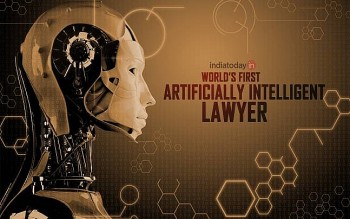 Who Is the First AI-Powered Robot Lawyer In The World? Who Is the First AI-Powered Robot Lawyer In The World? |
When was the First Robot in the World Invented?
As far as we can tell, the first robots, or "automatons," were created by ancient Egyptians more than four thousand years ago. These statues were designed to look like humans and perform various tasks using mechanical operating systems.
A recent study reveals that they rely on mechanical systems that propel and operate themselves.
What was its Name?
Scientists at New York's Metropolitan Museum believe the humanoid mechanical statue, which they've dubbed "Hathor," was created over three thousand years ago in an attempt to evoke the ancient Egyptian goddess of motherhood, music, and song.
How Did the Robot Work?
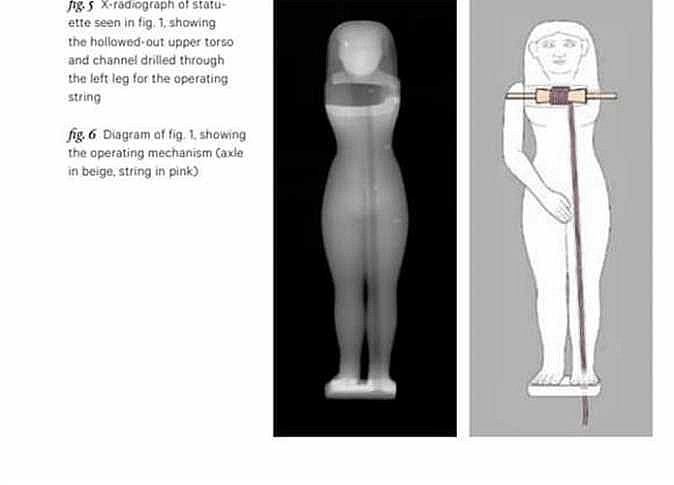 |
| Photo: Egypt Independent |
When experts in Egyptology used x-ray technology to examine a wooden figure that had been on display at the Metropolitan Museum of Art for many years, they discovered an internal mechanical operating system that operated on a pulley-like axis. It crosses over the shoulder of the female statue in the image below, which is hidden inside the statue's body and rotated by a network of threads that pass through the left leg.
The mechanical statue's hands raise and lower repeatedly as it spins, creating the motion.
The earliest mechanical models come from the Middle Egyptian Empire, which lasted for roughly 4,000 years. They are theaters on which three dwarfs stand and are driven by a network of interlocking rollers and strings to perform dance moves.
Xiaomi CyberOne Smart Robot:
Moving Statues
Additionally, moving sculptures constructed in ancient Egypt using mechanical technology were described in Egyptian writings from 1100 BC.
Around 1100 B.C. in ancient Egypt, priests of Ammon discovered the first moving statues. According to legend, these sculptures selected the next monarch from among the male royal family members. These objects may have been constructed, that much is certain. Ancient Egyptians possessed a sufficient understanding of mechanics to create a non-digital machine based on a rope and pulley system.
For use in processions, the Greek Ctesibius of Alexandria constructed an automaton that could only stand and sit and was controlled by cams. Later ancient engineers adopted his skills on hydraulic systems even though his texts have not survived.
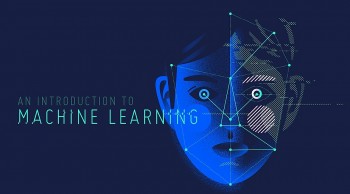 The Biggest Technology Trends 2023: Rise of Al, Machine Learning and Robot The Biggest Technology Trends 2023: Rise of Al, Machine Learning and Robot |
Other Ancient Robot Without Modern Technology
Although they did not use today’s advanced technology, some are still considered engineering marvels.
1.The Praying Monk
 |
| The Praying Monk - Photo: wonderfulengineering |
One of Italy's top clockmakers in the 1500s was Gianello Torriano. In 1529, Charles V, the emperor, hired him. By creating miniature automatas for the emperor, Torriano attempted to alleviate his sadness. On the dining room table, Torriano had toy troops fighting.
He reportedly used wood to construct small birds that could fly through windows and into rooms. The Lady Lute Player is one such piece that is still on display at the Kunsthistorisches Museum in Vienna.
The most remarkable one, though, might be the monk who is meditating. The wooden and iron automaton moves around a square, occasionally kissing a rosary as it raises and lowers it with its left arm. It is capable of turning and nodding, rolling its eyes, and making lips-only silent prayers. The Smithsonian Institute still has this creation on display.
2.The Flute Player
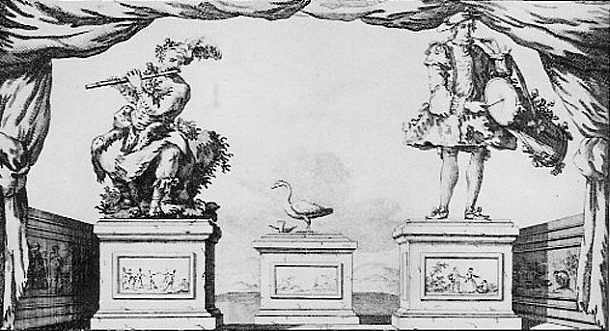 |
| Photo wonderfulengineering |
Famous for creating mechanical replicas of human skills, Jacques de Vaucanson. When he was younger, Jacques watched the church clock while his mother finished her confession. Jacques was able to duplicate it at home after memorizing every component. When the inventor was unwell, he once had a delirious dream about a mechanical flute player.
It was a tremendous achievement when it was first displayed to the public on February 11, 1738, as even humans struggle to play the flute in tune. Not only does the flutist's breath and finger dexterity produce notes, but also the volume of air blown and how the lips are shaped.
Jacques nonetheless managed to create a device that could play 12 different songs despite all of the difficulties. Jacques had devised a system of bellows, pipes, and weights to regulate the air currents in the tunnels. Even the lips' movement was under control.
3.The Writer
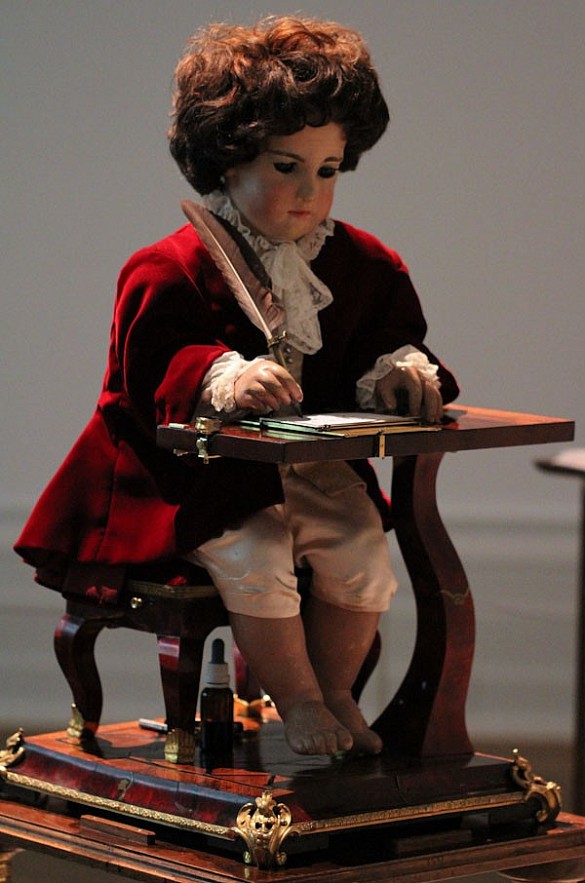 |
| Photo: wonderfulengineering |
This was created by Swiss-born watchmaker Pierre Jacquet-Droz in the latter part of the 1770s, and it is now on exhibit at the Neuchatel Museum of Art and History west of Bern. With a goose feather quill in his right hand and writing swiftly, the young three-year-old boy shakes the quill pen after dipping it in the ink pot. His eyes follow what he writes. The writer can write any text up to 40 letters, making it programmable.
The First Modern RobotsGeorge C. Devol, a Louisville, Kentucky-based inventor, built the first robots as we know them in the early 1950s. He created and received a patent for a manipulator that can be programmed, known as "Unimate" from "Universal Automation." He tried unsuccessfully for the following ten years to market his goods in the sector. Businessman/engineer Joseph Engleberger was able to develop Devol's robot invention into an industrial robot in the late 1960s. He then founded a firm named Unimation to manufacture and sell the robots. Engleberger is referred to as "the Father of Robotics" in the business because of his efforts and accomplishments. |
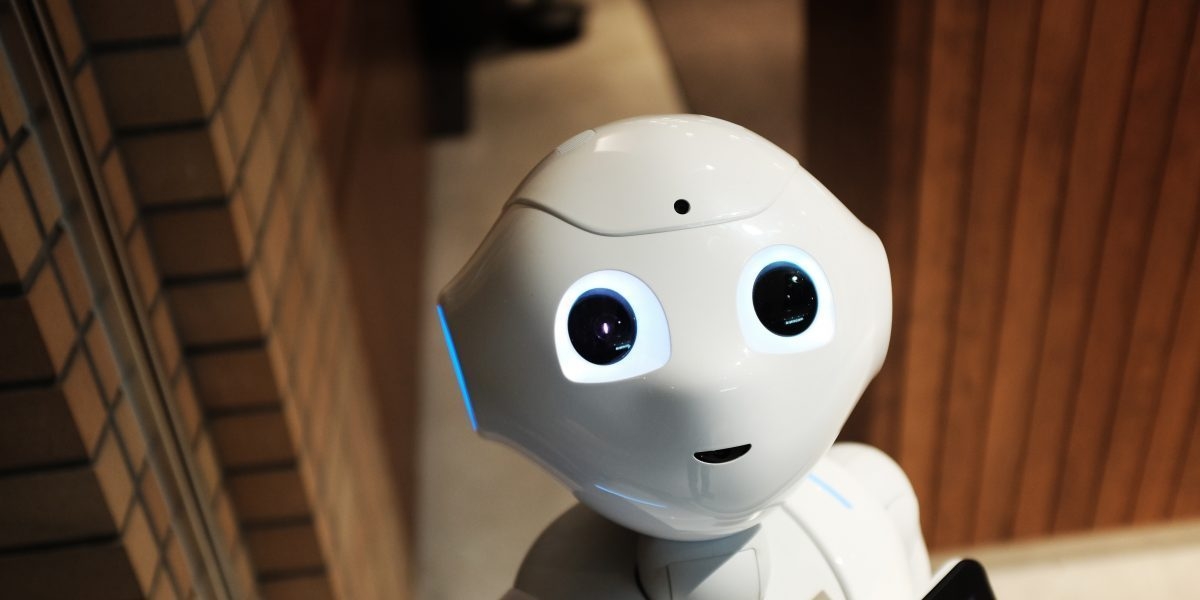 Who Is Pepper - First Robot That Can Read Emotions Who Is Pepper - First Robot That Can Read Emotions Softbank Group will stop making the robot "Pepper" after it companies decided to "fire" it for breaking down. Who is Pepper – the robot that ... |
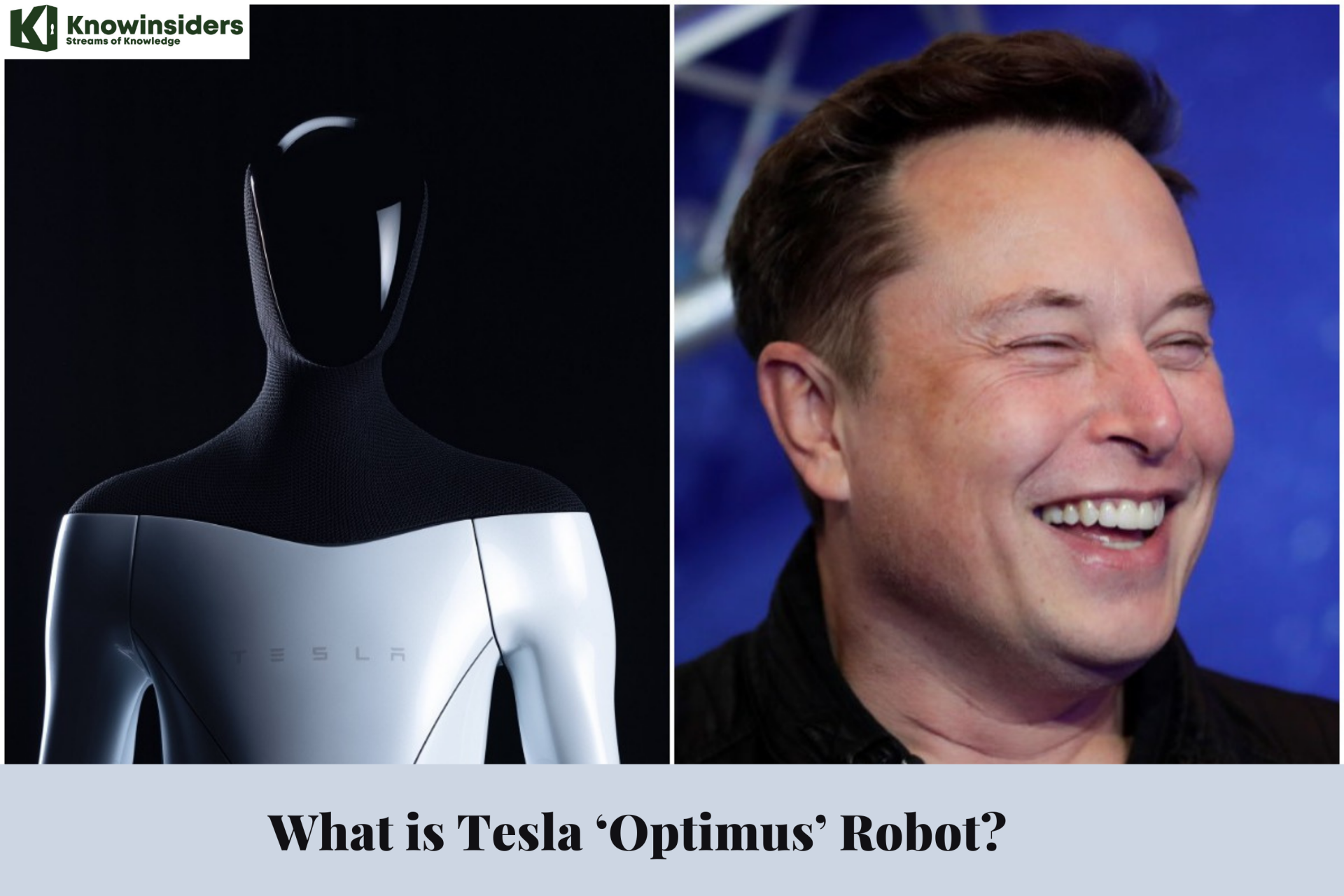 What is Tesla ‘Optimus’ Robot: Feature, Appearance, Price and More What is Tesla ‘Optimus’ Robot: Feature, Appearance, Price and More Tesla CEO Elon Musk says the company’s robot, named Optimus, will be worth more than the car business and running within months. What is it ... |
 Solved Mystery: How Egyptians Moved Tons Of Rocks To Build Pyramids Solved Mystery: How Egyptians Moved Tons Of Rocks To Build Pyramids Ancient Egyptians who built pyramids moved huge blocks of rock on the desert by wetting the sand in front of a contraption built to pull ... |
























